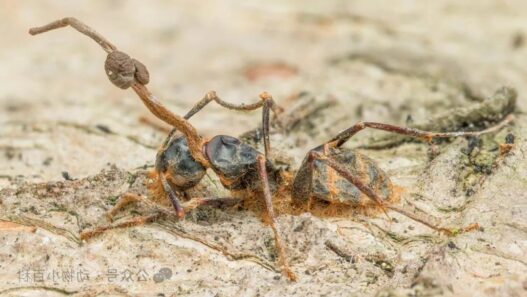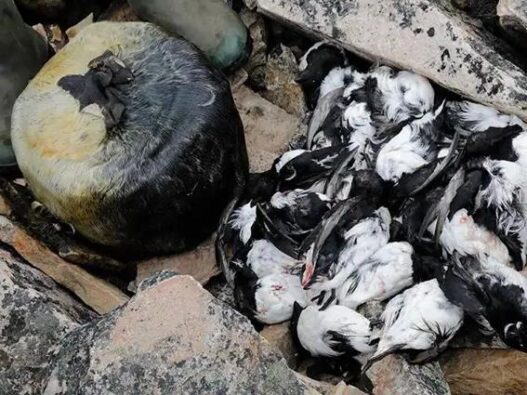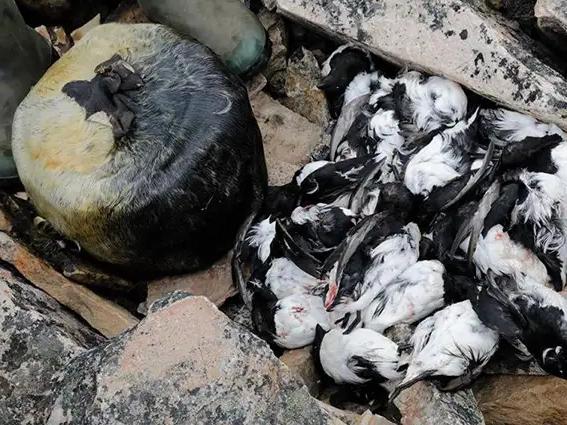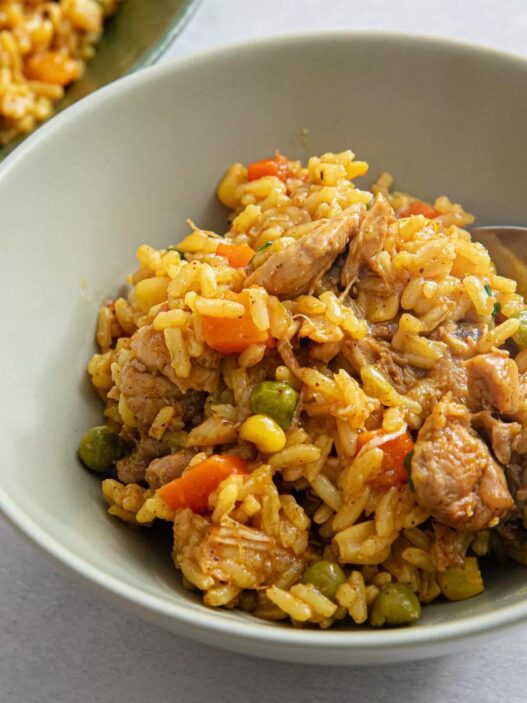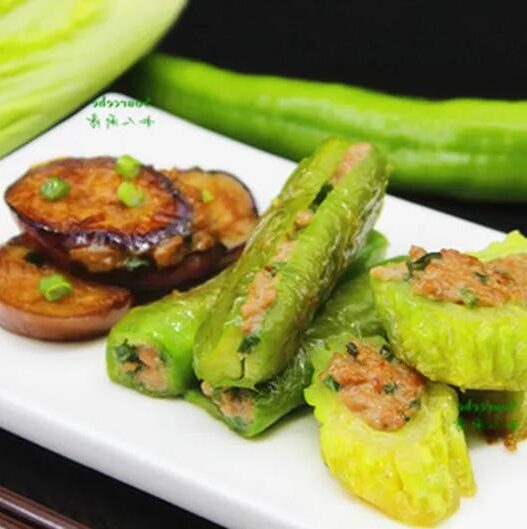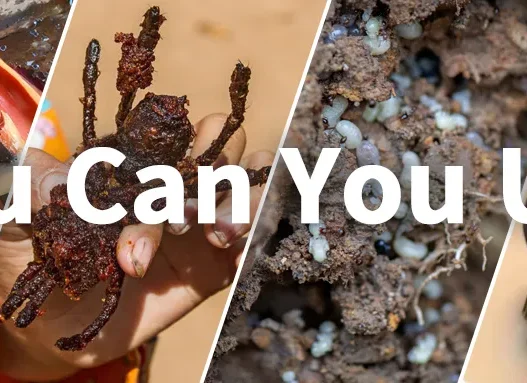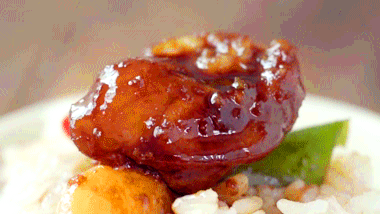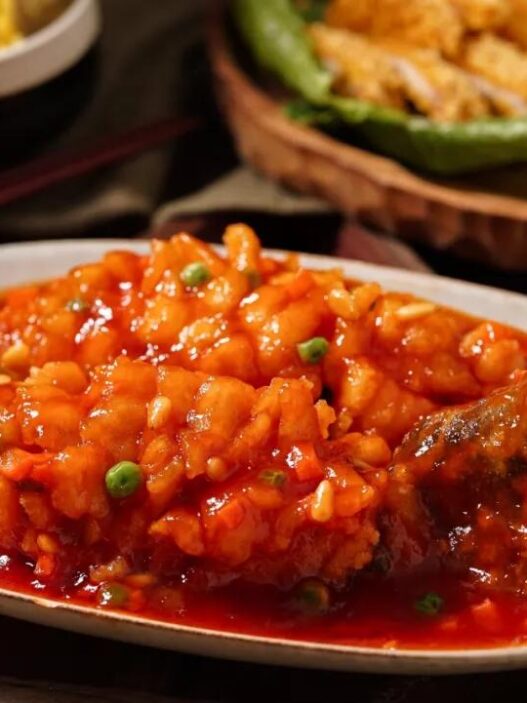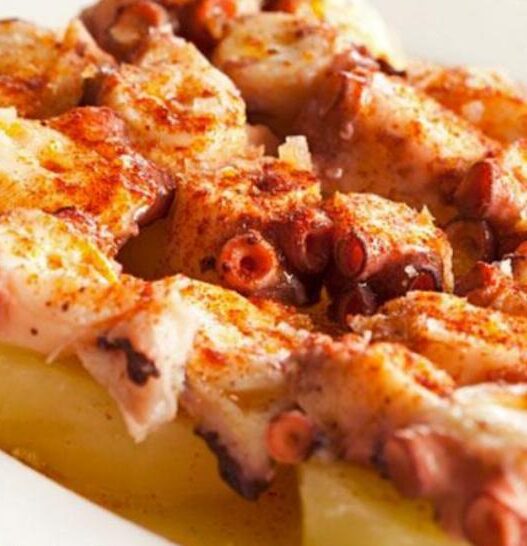The ultimate dish of the Eskimos—an absolute must for their weddings—has got to be Kiviak. This peculiar food, also known as “fermented seabird” or “Kiviak,” is considered a traditional Eskimo delicacy. Originating from Greenland, Kiviak has long been a staple in Eskimo diets, especially in the harsh, frozen landscapes where food is scarce. It’s rich in both vitamins and protein, making it an essential source of nutrition for the people living in extreme cold.
But what truly makes Kiviak stand out is its bizarre preparation, its unique ingredients, and the most unusual way it’s eaten. It’s not just a dish; it’s an experience.
How Kiviak is Made: An Unbelievable Process
Kiviak’s main ingredients are dwarf auks (a type of seabird) and a seal skin. Here’s the process in a nutshell:
1、The Ingredients: You start with around 100 dwarf auks and one seal.
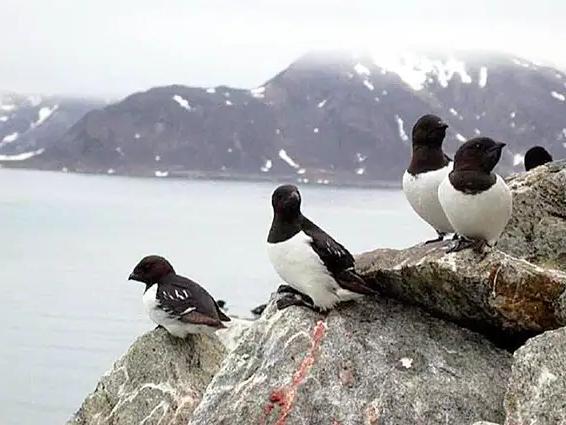

2、Stuffing the Birds: The birds are killed and left in a cool place for a day before being stuffed into the seal’s stomach—feathers and all, with the innards left inside.
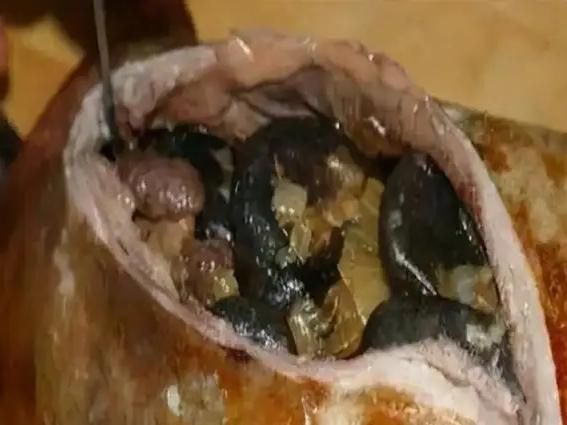
3、Sealing It Up: The seal’s stomach is sewn shut, with air expelled, and the seam is sealed with seal oil to prevent maggots.
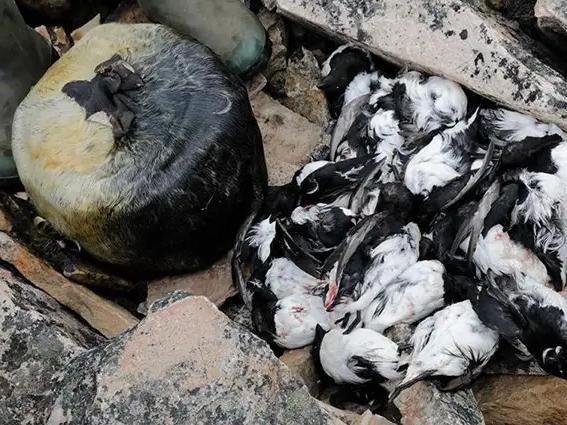
4、Burial: The entire seal is then buried in the permafrost for 2 to 3 years to ferment. The temperature plays a huge role here—warmer climates will shorten the fermentation time.
How Is Kiviak Eaten? The Most Unique Tasting Experience
Once the waiting period is over, the seal is unearthed, and the birds are taken out. Interestingly, the birds maintain their original shape due to the feathers not fermenting. Now, it’s time to eat:
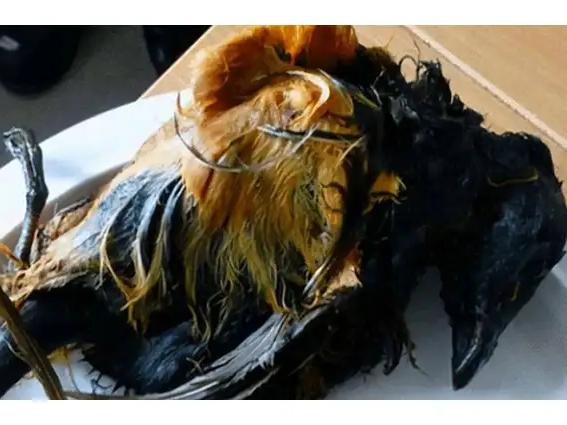
1、First Method: Remove the bird’s tail and suck the fermented, decayed innards directly from the bird’s backside. It has a flavor that’s been compared to a mix of bran and natto—a distinctly fermented taste that some might find oddly delicious.
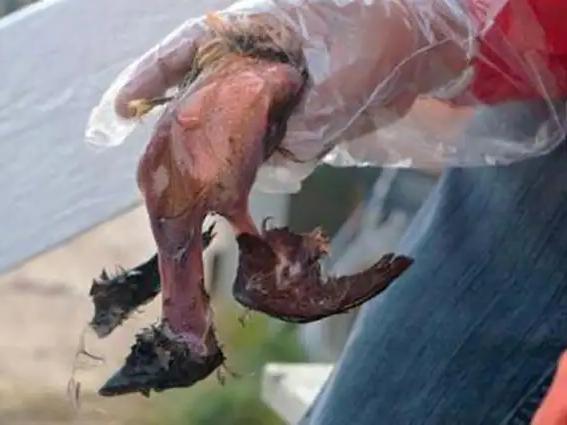
2、Second Method: You can also squeeze the fermented innards onto grilled meat. Either way, the experience is unforgettable.
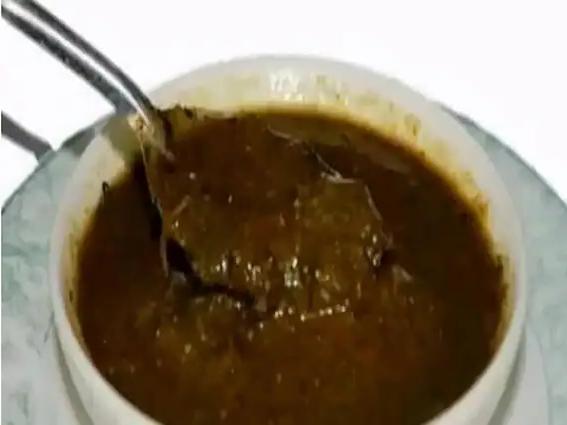
A Delicacy for Special Occasions
The process of making Kiviak is lengthy and requires a lot of patience—three years to be exact! For this reason, the dish is considered extremely rare and valuable among the Eskimos. It’s reserved for special events such as weddings, major celebrations, or when honored guests visit. It’s an expensive treat, not something served every day.
The Survival Instincts of the Eskimos
The Eskimos’ lifestyle is a fascinating reflection of adaptation. Living in one of the harshest environments on earth, they have developed unique survival strategies. Due to the lack of fresh fruits and vegetables in the Arctic, they consume animal parts that are rich in essential nutrients, such as reindeer livers, seal brains, and whale skin. These foods provide the necessary vitamins and minerals for survival.

While the idea of eating Kiviak might seem repulsive to some, it’s worth noting how ingenious the Eskimos are in creating dishes that sustain them in such extreme conditions.
Would You Dare to Try Kiviak?
Although the preparation of Kiviak may seem shocking, it’s a perfect example of human ingenuity in extreme conditions. Would you be brave enough to try it, or does the thought of eating fermented seabird sound too much for you? It’s a food that has endured for centuries and remains a core part of Eskimo culture. But be warned, this dish is not for the faint of heart!






